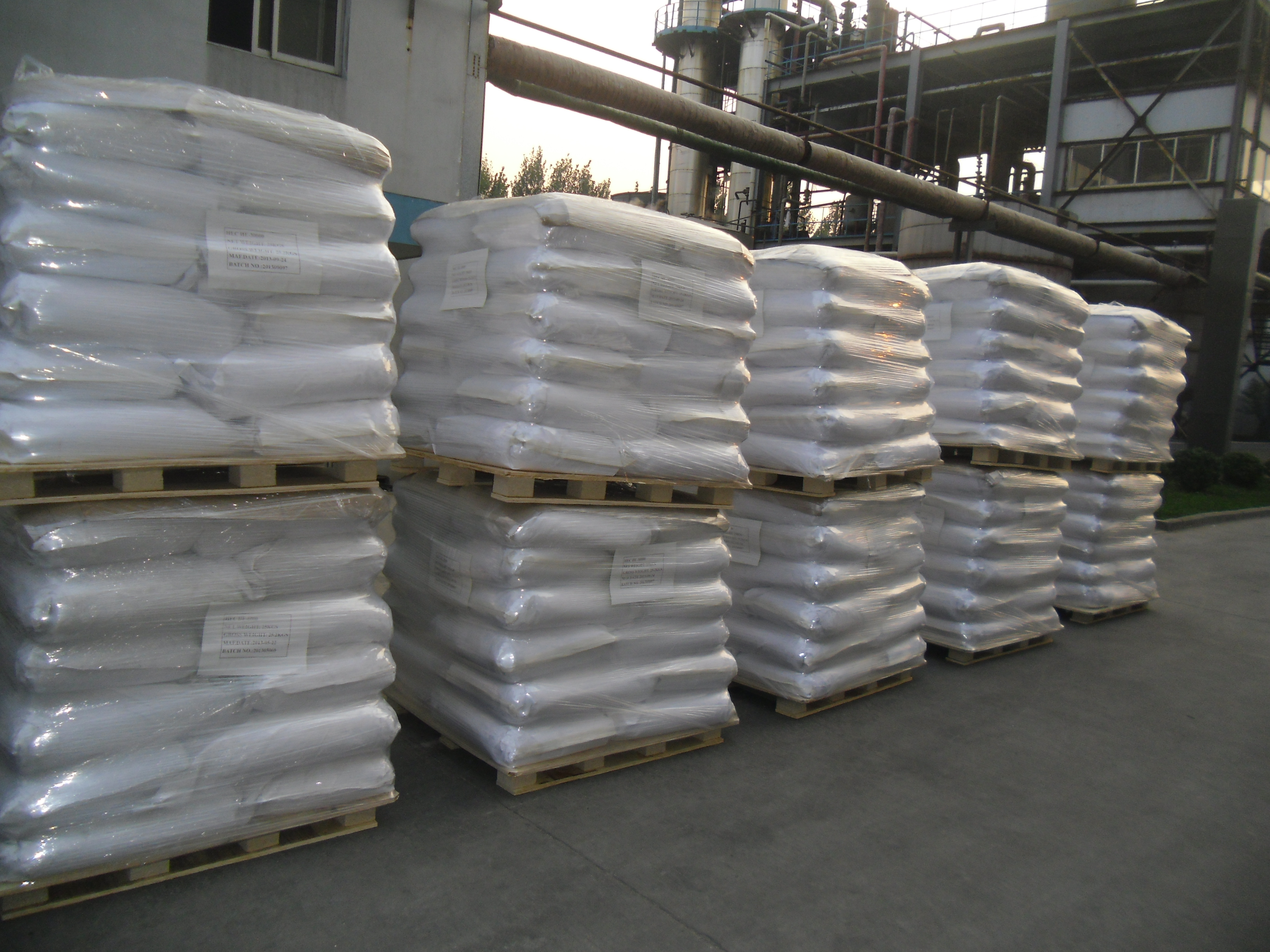Is HPMC a lubricant?
HPMC, or Hydroxypropyl Methylcellulose, is not typically classified as a lubricant in the traditional sense, but rather as a cellulose-based polymer with a wide range of applications in various industries including pharmaceuticals, construction, food, and cosmetics. However, in certain contexts and applications, HPMC can exhibit lubricating properties or contribute to lubrication indirectly.
1.Introduction to HPMC:
Hydroxypropyl Methylcellulose (HPMC) is a semisynthetic, inert, viscoelastic polymer derived from cellulose. Chemically, it is composed of cellulose, a natural polymer found in plant cell walls, which is modified through a series of chemical reactions involving propylene oxide and methyl chloride. The resulting compound possesses unique properties that make it valuable in a variety of industries.

2.Properties of HPMC:
HPMC exhibits several properties that contribute to its versatility:
Water Solubility: HPMC is soluble in water over a wide range of temperatures, which makes it useful in applications where water-based formulations are required.
Film Forming: It has the ability to form clear films upon drying, making it suitable for coating applications in pharmaceuticals, foods, and cosmetics.
Thickening and Gelling: HPMC can thicken aqueous solutions and form gels under certain conditions, providing viscosity control in many formulations.
Stabilization: It acts as a stabilizer in emulsions and suspensions, improving the shelf life and consistency of products.
Bioavailability Enhancement: In pharmaceuticals, HPMC can enhance the solubility and bioavailability of poorly water-soluble drugs, facilitating their absorption in the body.
3.Applications of HPMC:
Pharmaceuticals: HPMC is widely used in pharmaceutical formulations as a binder, disintegrant, controlled-release agent, and film-coating agent. It ensures the uniform distribution of active ingredients in tablets and provides controlled drug release, improving patient compliance and efficacy.
Construction: In the construction industry, HPMC is employed as a thickener, water retention agent, and rheology modifier in cement-based mortars, plasters, and tile adhesives. It improves workability, adhesion, and reduces sagging in vertical applications.
Food Industry: HPMC is utilized in food products as a thickener, emulsifier, and stabilizer. It enhances texture, prevents syneresis, and improves mouthfeel in dairy products, sauces, and desserts.
Cosmetics: HPMC is incorporated into cosmetics and personal care products as a film former, thickener, and binder. It imparts smoothness, enhances spreadability, and stabilizes emulsions in creams, lotions, and shampoos.
4.HPMC as a Lubricant:
While HPMC itself is not primarily classified as a lubricant, it can contribute to lubrication indirectly in certain applications:
Tablet Formulation: In pharmaceutical tablet formulations, HPMC can act as a lubricant by reducing friction between the tablet granules and the surfaces of the manufacturing equipment during compression. Although its primary role is as a binder and disintegrant, its lubricating properties can aid in the efficient processing of tablets, preventing sticking and picking issues.
Ophthalmic Solutions: In ophthalmic formulations such as eye drops, HPMC is used as a viscosity modifier to increase the retention time of the solution on the ocular surface. While it may not directly function as a lubricant, the increased viscosity can enhance the lubricating effect of the solution, providing relief for dry eyes.
Topical Formulations: In topical formulations such as gels and creams, HPMC can contribute to lubrication by providing a smooth, slippery texture upon application to the skin. This lubricating effect improves the spreadability of the formulation and enhances the sensory experience for the user.
Personal Lubricants: In intimate lubricants, HPMC may be included as a thickening agent to provide a smooth, slippery texture during use. While other ingredients may serve as the primary lubricants (such as silicone or water), HPMC can enhance the overall lubricating properties of the product by improving its viscosity and spreadability.

In conclusion, Hydroxypropyl Methylcellulose (HPMC) is a versatile polymer with diverse applications across various industries. While it is not typically classified as a lubricant in its own right, HPMC can exhibit lubricating properties or contribute to lubrication indirectly in specific contexts and applications. Its water solubility, film-forming ability, and viscosity-modifying properties make it valuable in formulations where lubrication is desired alongside other functionalities. As research and technology continue to advance, the potential for HPMC to be utilized in novel lubricating applications may further expand, highlighting its significance as a multifunctional polymer in modern industries.
